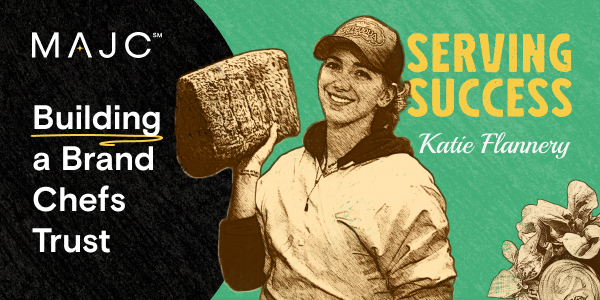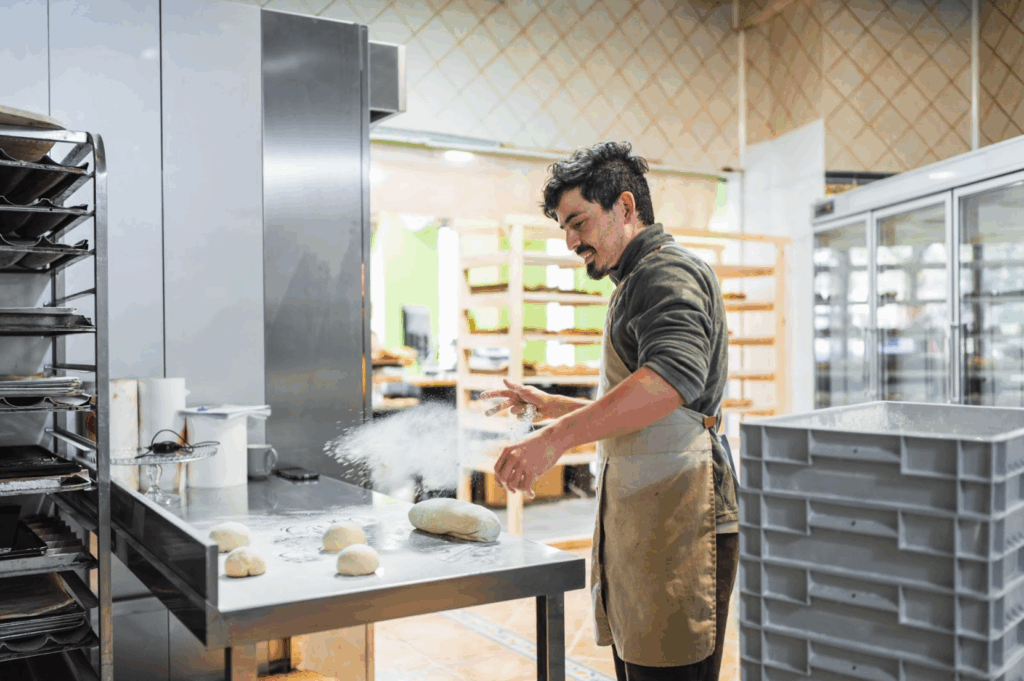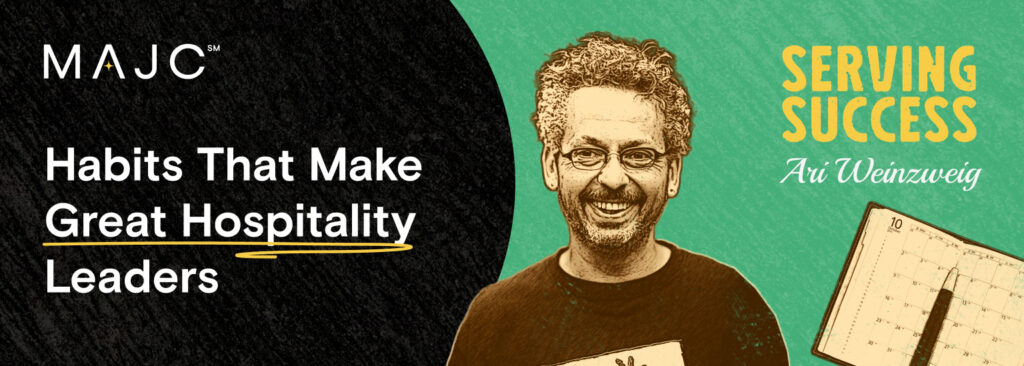When and How to Raise Prices Without Losing Guests

Here’s how to increase prices strategically, communicate clearly, and maintain guest trust.
Raising prices can be one of the hardest calls to make. It’s natural to wonder if guests will notice or if it will hurt traffic, but the reality is that a restaurant can’t survive on volume alone. A healthy operation needs to consistently hit a strong profit margin, ideally around 15 percent, to take care of your team, invest in the business, and keep doing the work you love for the long haul.
And raising prices isn’t just about making more money. It’s about building something sustainable, something you’re proud of, that supports your team, and lets you sleep at night. Ingredient costs, labor rates, and utility bills keep climbing, and recent tariffs and supply swings have only added pressure.
Today’s diners care about more than just the number on the check. They value businesses that are transparent, authentic, and aligned with their priorities. Raising prices can actually strengthen loyalty if it’s done thoughtfully, backed by clear communication and a commitment to value.
Chef Matt Jennings and Carolyn Grillo have interviewed more than 100 chefs for their podcast Restaurant Ready. Each guest shared how they have managed to build and maintain successful, thriving restaurants. Their advice is woven throughout this piece.
1. Watch Your Timing
Review your numbers regularly and act before margins get tight. Waiting until your food costs spike 20 percent leaves little room to adjust gradually.
Chef Gerard Craft advises, “When you’re paying attention even on a monthly basis, you’re still a month and a half out of the problems… Getting daily reports and watching that like a hawk really changed the game for us.”
Industry research from the National Restaurant Association backs this up: raising prices by 3 to 5 percent on a quarterly basis is far less likely to trigger pushback than a once-a-year overhaul.
Pro Tip: Avoid raising prices right after a service issue or during a slump. Roll them out after a win such as a glowing review, new menu launch, or peak season rush, when goodwill is high.
2. Lead with Your Values
Explain why you’re raising prices and tie it to your mission.
Chef Sarah Grueneberg says, “The restaurant has to have a feeling… a sense of emotion when you walk in. People celebrate life here, even if it’s just breaking bread. That feeling comes from the team, and it’s what keeps guests coming back.”
Pro Tip: Instead of saying “prices have gone up,” explain the value guests are getting. For example, tell them it allows you to continue sourcing from local farms, helps you pay a living wage and retain great people, and keeps quality and service standards where they expect them. Your guests will respect a price increase when they see it as an investment in the experience they love.
3. Test and Tailor, Don’t Guess
Not every price change needs to roll out across your menu at once.
Chef Alex Stupak advises, “Not every idea works everywhere. I’ve learned the hard way there are limits to a brand. You can test the limits, but you have to know when to circle back to what you are.”
Pro Tips:
- The $1 Rule: Raise menu items by an average of $1. Some go up more, some not at all, but the average increase is subtle and adds up fast.
- Target Your Best Sellers: Raise your top five dishes by about 10 percent. Demand is already proven, so small bumps won’t deter guests.
Use your POS data to identify which items can handle an increase without affecting sales. Look for cross-effects such as how raising one item might shift demand to another.
4. Know Where You Stand
Before adjusting prices, understand your competitive set. Are you undercharging compared to similar concepts? Are your premium ingredients priced accordingly?
Chef Gerard Craft builds for market resilience, “Having that diversity in there prepares you for our economy, year to year. Even right now, everybody’s like, are we going into a recession? Are people coming to tasting menus or are they bailing on tasting menus?”
Pro Tip: Benchmark Your Prices
- List your core menu items and prices.
- Compare to similar restaurants in your area.
- Note where you’re below market without a value-based reason.
Download MAJC’s Benchmarking Analysis Worksheet to make this process faster and more accurate.
5. Pair Price Changes with Perceived Upgrades
Price increases land better when guests feel they’re getting more.
Chef Duff Goldman says, “We don’t bend on making things as good as we possibly can… even subtle improvements show we’re reinvesting in the experience, not just raising the price.”
Pro Tip: Elevate Perceived Value
- Upgrade Menus: Quality printing, clean design, professional layout
- Highlight Sourcing: Call out local farms, house-made items, unique ingredients
- Rewrite Menu: Write descriptions to evoke flavor and craft
- Add Small Hospitality Touches: An amuse, a garnish, a refreshed plate presentation
6. Communicate Clearly, Then Stand by It
Make sure your team understands the “why” so they can answer confidently.
Chef Kevin Gillespie notes, “When the team believes in the value you’re delivering, the guest feels it. My job is to be transparent so my staff can answer questions with that same clarity.”
Pro Tip: Train your team to use positive, guest-focused talking points and to roleplay answering guest questions. Stay consistent and avoid apologizing for the increase.
Conclusion
Raising prices is not just an economic decision. It’s a leadership moment. Done well, it strengthens your brand, sustains your team, and keeps guests loyal. Done poorly, it risks eroding trust. Price with intention. Lead with values. Deliver visible value. And always know where you stand.
Looking for more ways to strengthen your operation without losing guest loyalty? Join MAJC’s community for expert-led sessions, real-world operator advice, and the tools you need to make confident, profitable decisions.
At MAJC, AI helps us organize thoughts and speed up workflows, but every article is shaped, refined, and approved by real people who live and breathe this industry. We think honesty (like hospitality) works best when it’s real.


